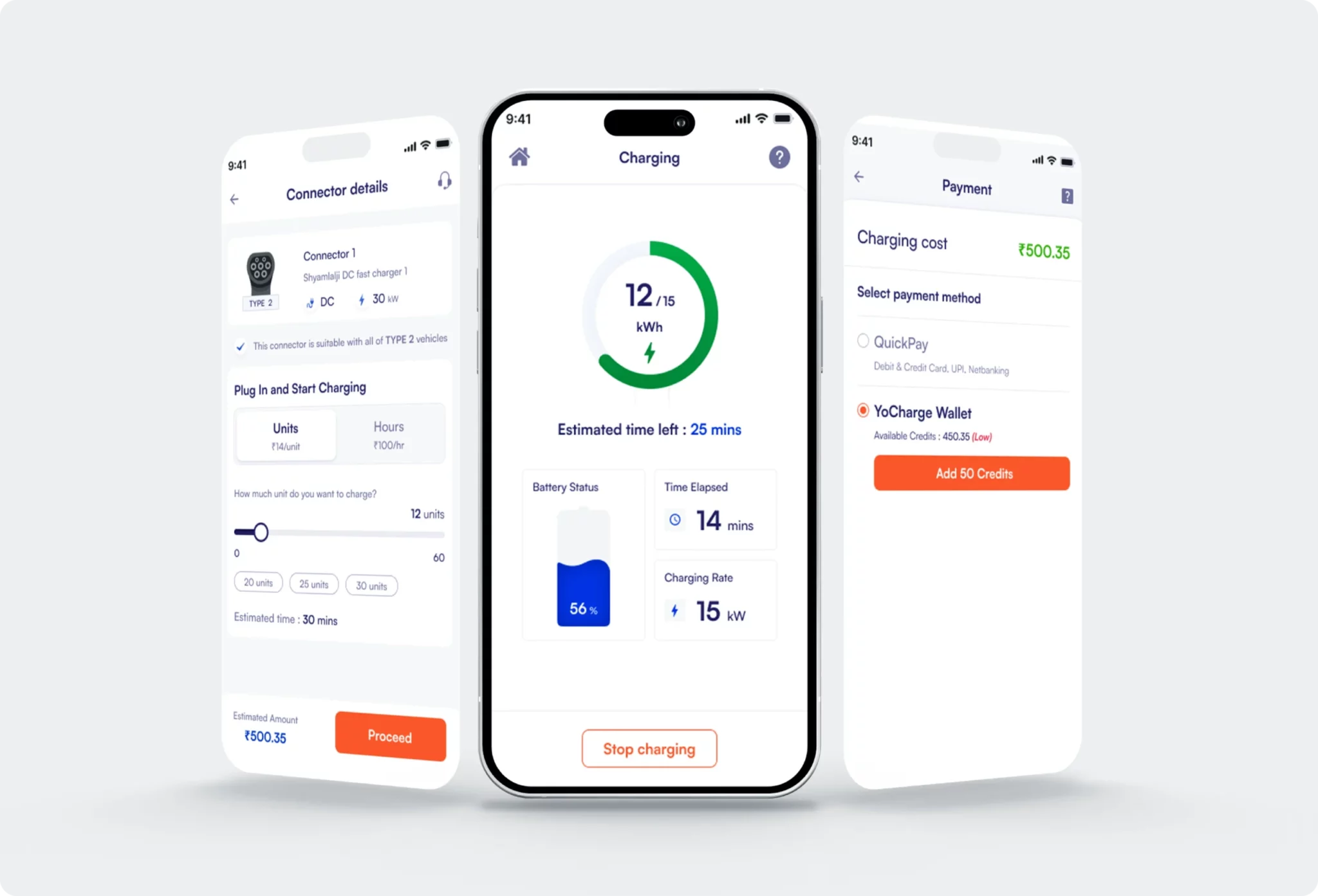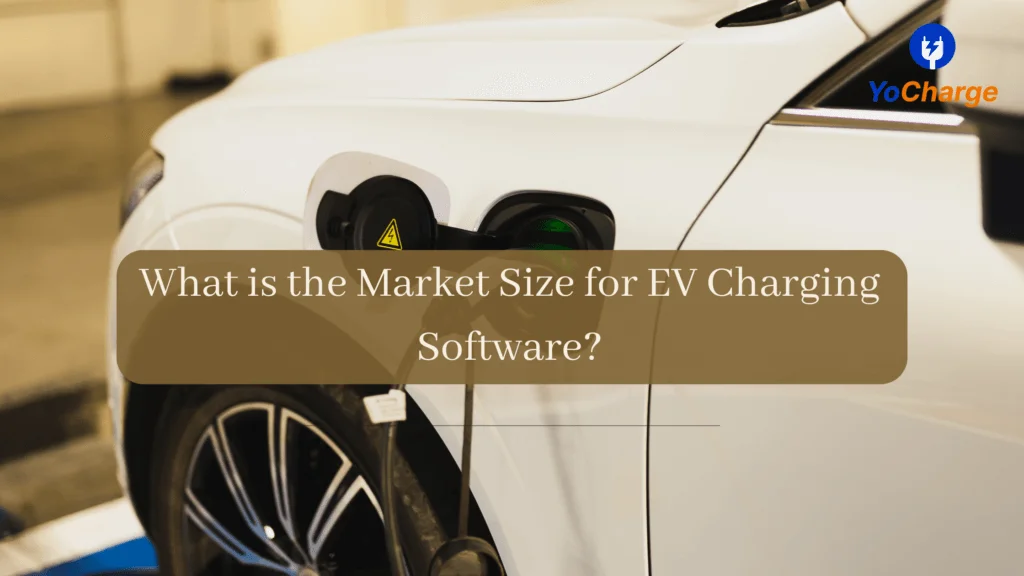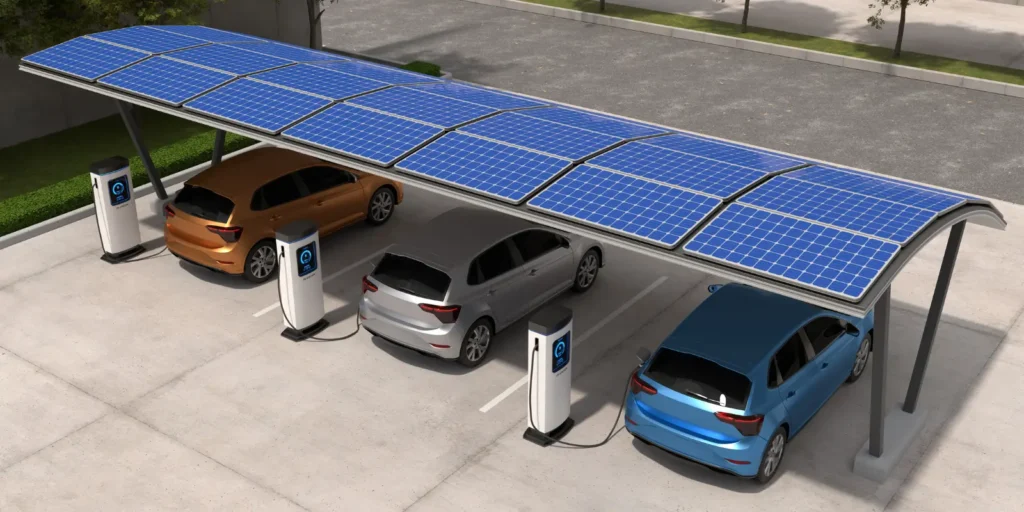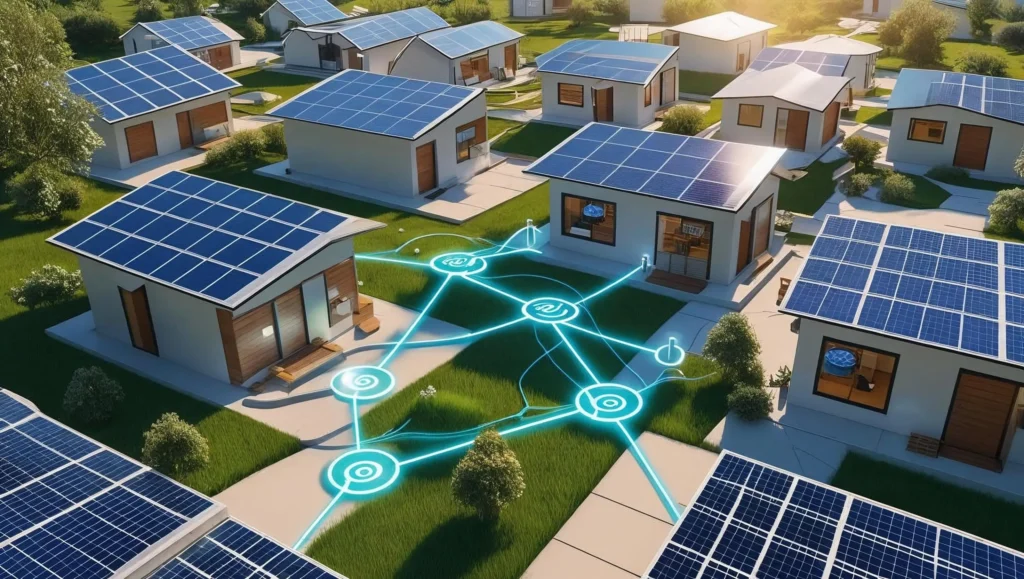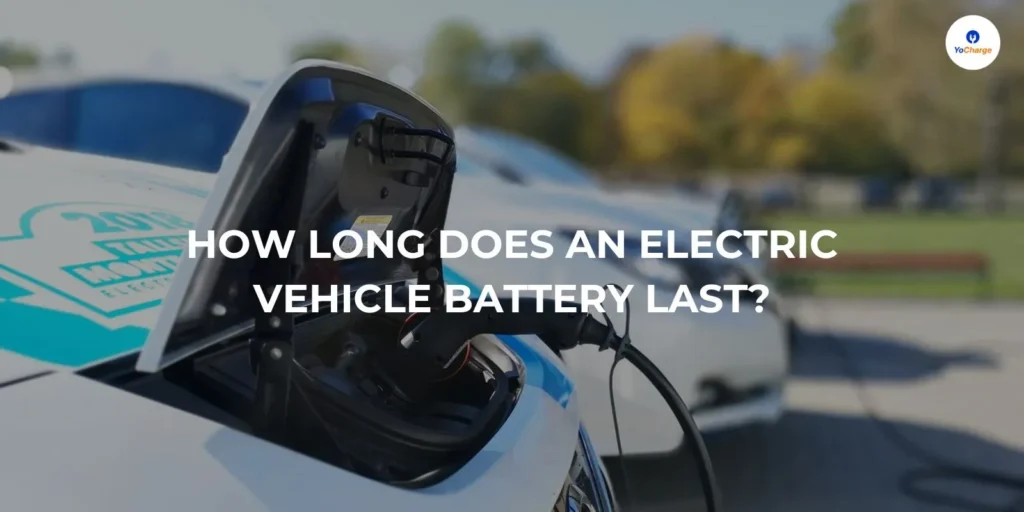In bidirectional EV charging electricity can flow in both directions. While in a Conventional EV Charger power goes from the electric grid into the electric car in unidirectional (one-way), the Bi-directional Chargers allows current to flow in and out of the electric car.
When an EV is charged, AC (alternating current) electricity from the grid is converted to DC (direct current) electricity and stored in electric vehicle batteries. This conversion is carried out by either the car’s own converter or a converter located in the charger. Then, when you want to use that energy stored in the EV’s battery for a house or send it back to the grid, this stored DC electricity is logically converted back to AC electricity.
Electric Cars with Bidirectional EV Charging
The Nissan Leaf and the Nissan e-NV200 are the only vehicles with V2G capabilities for now, although other manufacturers aren’t far behind. The F-150 Lightning electric pickup by Ford now has vehicle-to-home (V2H) capabilities, and Ford may add V2G charging in the future.
What is V2G Technology ?
Further, using the vehicle-to-grid technology, the energy stored in the electric car can be transferred to the electric grid. EVs with V2G storage capability can store and release electricity generated from renewable energy sources like solar and wind, with output that varies based on weather and time of day.
Read More

The bidirectional charger can also function as Vehicle to Home (V2H) system where bidirectional EV charger is used to supply power (electricity) from an EV Car’s battery to a house. For example, the Intelligent Backup Power on the F-150 Lightning, gives customers the ability to use bidirectional power technology from their all-electric truck to provide up to 10 days of power to their homes during an outage, depending on home energy usage.
How bidirectional EV Charging is going to define the future of Electric Vehicle Charging
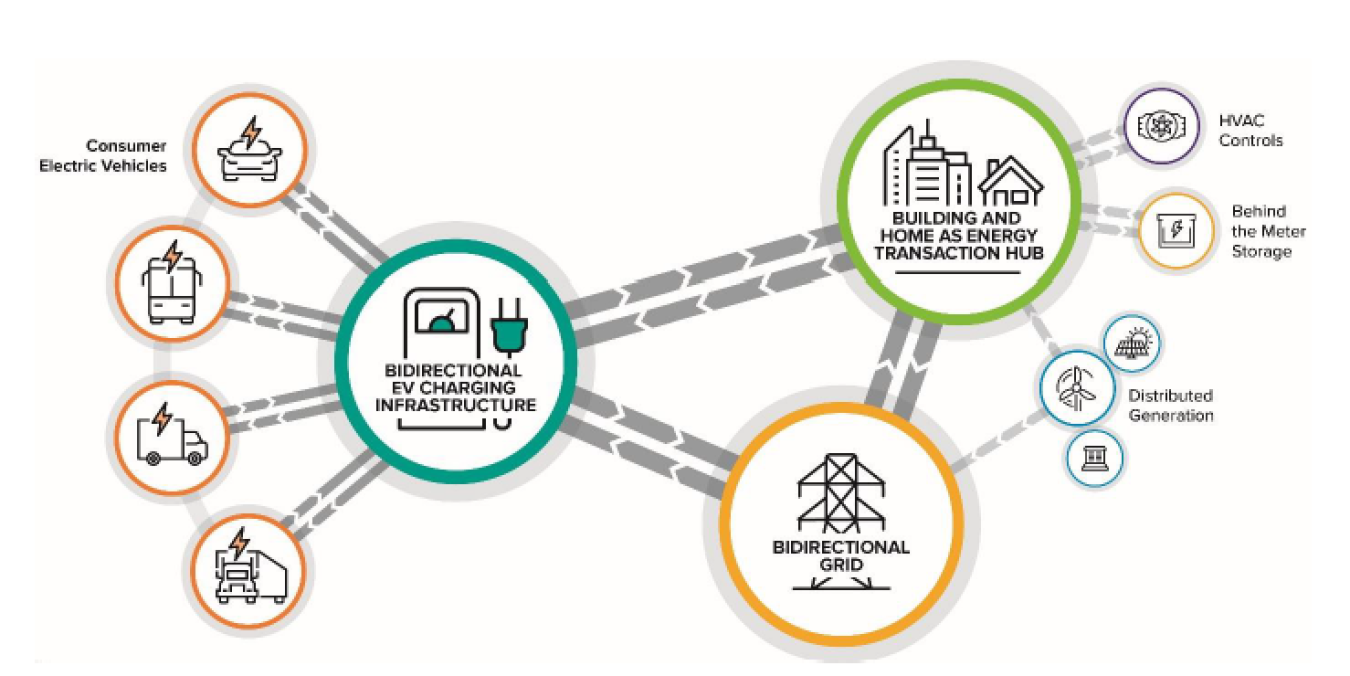
- The bidirectional feature will allow EV users to monetize their idle electric vehicles. The electric vehicles can be used to buy & store energy when electricity rate is low and earn income from selling energy when electricity rate is high.
- The bi-directional feature can also be extended to power other electric vehicle in case of an emergency.
- By using, bidirectional ev charging a more stable and renewable source of energy can be effectively utilised.
- During peak hours and high demand, the load on power grid increases. At these circumstances, electric vehicles can be used as a substitute.
- Bidirectional charging and V2G allow a building’s energy management system to be upgraded and made smart without having to start from scratch, saving money. Then, bidirectional charging lowers the cost of operating electricity.
